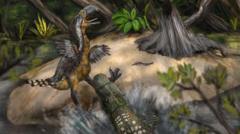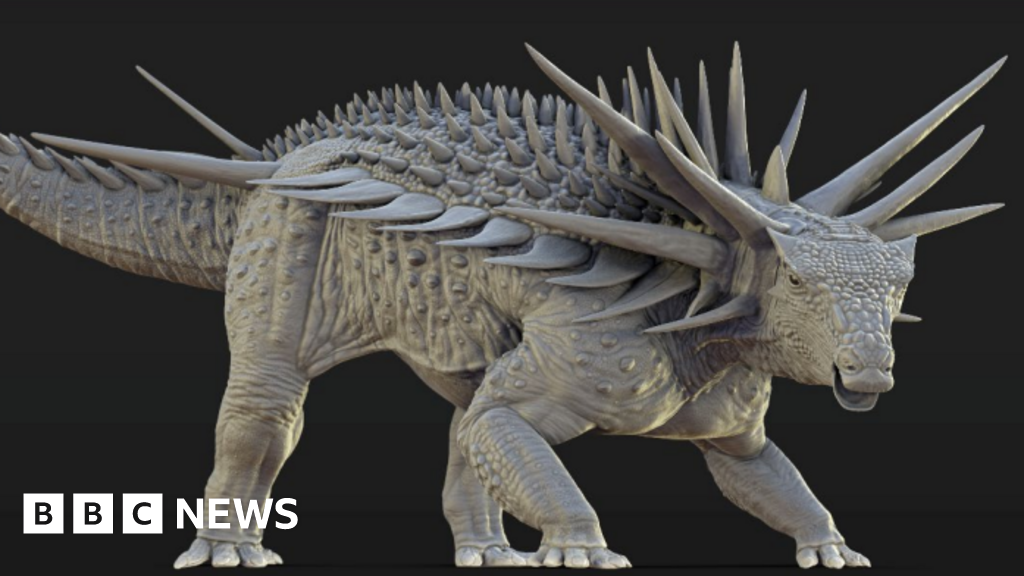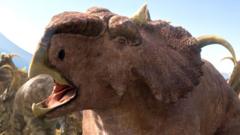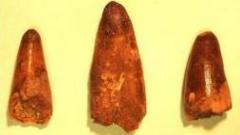Teeth marks embedded in the leg bone of a terror bird, an avian predator from 13 million years ago, indicate that it was likely killed by a larger predator, a caiman. These formidable birds, which could tower over a human, boasted strong legs and iconic hooked beaks. Scientists in Colombia conducted a detailed examination of fossil evidence, revealing a grim encounter that may provide unique insights into ancient predator-prey dynamics.
The research team focused on teeth marks found on a leg bone first unearthed over 15 years ago in Colombia's Tatacoa Desert. By using 3D digital scans to compare the bite marks with skulls and teeth of crocodilian species housed in museum collections, they were able to deduce that the terror bird met its end during a confrontation with an extinct caiman species known as Purussaurus neivensis.
Lead researcher Andres Link from the Universidad de Los Andes noted that while the evidence remains inconclusive regarding whether the bird was killed during the struggle or scavenged after death, the lack of healing signs on the bone suggests a lethal encounter took place. "That was the last day that bird was on this planet," Link stated, emphasizing the historical significance of the find.
The Tatacoa Desert is renowned for its trove of Middle Miocene fossils, having once been a humid swamp where animal remains were preserved in river sediments. The leg bone was initially collected by local fossil enthusiast César Augusto Perdomo, leading to a collaboration between Perdomo and scientists to analyze the impressive collection of fossils he amassed.
The caiman that likely hunted the terror bird would have been capable of reaching lengths up to five meters, ambushing prey from the water's edge as contemporary crocodilians do. This discovery sheds light on the predatory interactions between these two formidable species, highlighting the vulnerability of the terror birds within their ecosystem.
Link reflects on the importance of such fossils in piecing together the complex story of past life on Earth. "Every piece of a body helps us to understand so much about life on the planet in the past," he remarked, underscoring the profound impact that a single bone can have on the broader narrative of ancient ecosystems.











